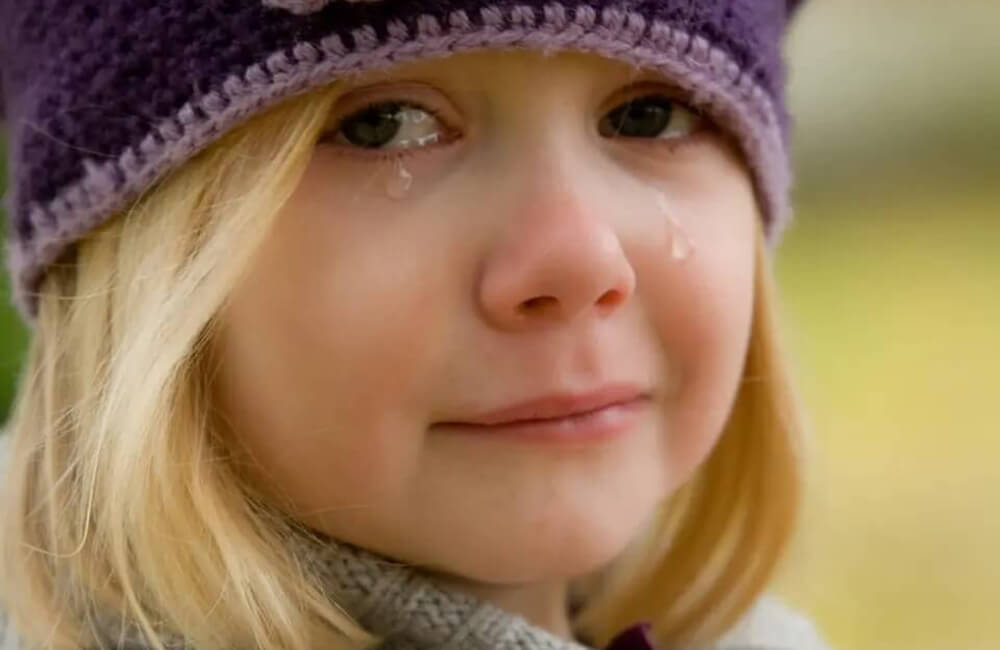It is with great sorrow that we extend our deepest sympathies to the families and communities of NY and Texas who experienced the recent shootings. In these incidents, many children witnessed the horror, know someone who was injured, or have lost a loved one in the attacks.
Children also frequently hear about the attacks in their classrooms and playgrounds, in the media, and through adult conversations. It is imperative that we utilize positive tools in helping kids cope with and heal from the trauma, as they process, understand, and express their related anxiety, fear, loss, and confusion.
Here are some suggestions for approaching this difficult topic:
- It is important that you explain the violence and death to your young children in words they can understand given their innocence and immature developmental abilities.
- We can explain the traumatic incident to children in simple, non-graphic facts. Kids know what happened. Keeping it a ‘secret’ or making up a story about it may only add confusion and mistrust.
- Kids may fear talking about it because it is a “secret or forbidden topic.” To create healthy dialogues, we can invite children to ask adults any questions they might have about what happened or about themselves and their loved ones.
- Children often worry, “will it happen to me? Can it happen at our school or in our neighborhood?” We can reassure and comfort children by telling them that this scary event is not an everyday occurrence, and that children are safe.
- We can use simple words and simple sentences that avoid hate, racism, and fear. Young children grasp issues better when it is explained in emotionally neutral, brief, and clear ways.
- We can tell children that this is a very sad event that should never have happened.
- We can reinforce and tell children that the adults are working hard to keep all children safe – at home, at school, on the playground, and in the community.
- We can turn our televisions off while children are in the room, and make sure adult conversations take place with only adults in the room.
- We can help children mourn and grieve, and process their thoughts and feelings via books on loss, puppets, drawings, and stories. Children process through “displacement,” because it is safer to express thoughts and feelings in non-direct vs. direct ways. My new book, Where Did My Friend Go? Helping Children Cope With A Traumatic Death is an excellent tool for kids to understand and cope with a sudden and traumatic death. It is a therapeutic coping children’s picture book to be read by an adult (parent, teacher, counselor, etc.), to a young child (3-8 years), who has witnessed, survived, or lost someone to a traumatic death. The purpose of the book is to facilitate the child’s processing and coping of the fear, loss, and confusion associated with the trauma in developmentally appropriate and safe ways.
- We can write letters, draw pictures, and send toys to children who have survived a traumatic incident. Giving back to others can be very healing for kids.
- Teachers and health professionals can play a critical role in identifying children who have been exposed to a traumatic death, and making appropriate referrals.
Children who have had the misfortune to be exposed to a traumatic event, such as in the NY and Texas attacks, could be at risk for developing anxiety, PTSD, depression, or other concerning behavioral symptoms. Providing a positive, simple, and reassuring framework to explain and process the traumatic death shifts the content from terrifying and overwhelming to understandable and manageable. Although we cannot stop children from witnessing or hearing about terrible deaths, as in weapon violence and terrorist attacks, we can provide them with words and tools that foster coping, resilience, and adaptation.
Parents, teachers, pediatricians, ER doctors, counselors, and social workers in schools, shelters, community clinics, and hospitals, who are the first to observe socio-emotional and physical symptoms in children, can use clinical interviews, questionnaires, and Where Did My Friend Go? as first step assessment and intervention tools. The professionals on the front lines working with affected children need to be proactive in asking children about their exposure to terrorist attacks and weapon violence. The play-based interventions at the end of the Where Did My Friend Go? are also an effective guide for parents and professionals on how to explore, shift, and reassure young children’s trauma, anxiety, and loss to more adaptive functioning.
As we live in an increasingly violent world, it is essential that parents, educators, and other adult caregivers not forget the silent victims, the innocent bystanders, the children who are watching, listening, and feeling from the sidelines. Parents need to continue to support and help young children cope cognitively and emotionally with ongoing tragedies. Most importantly, if kids are living in fear and worry that it could happen again, at any time, to them and their loved ones, we need to continue to send the powerful reassuring message of hope and safety to children, and deliver the actions that will keep our children and families safe.
